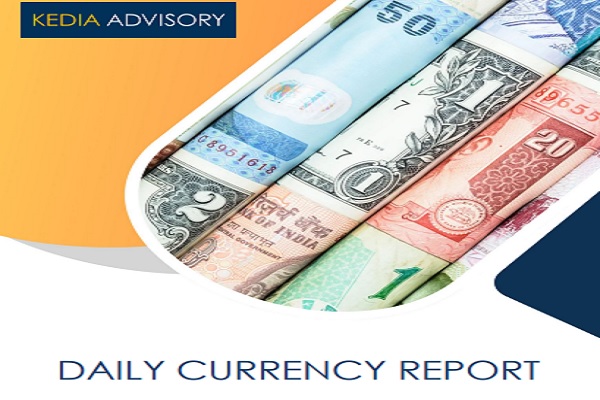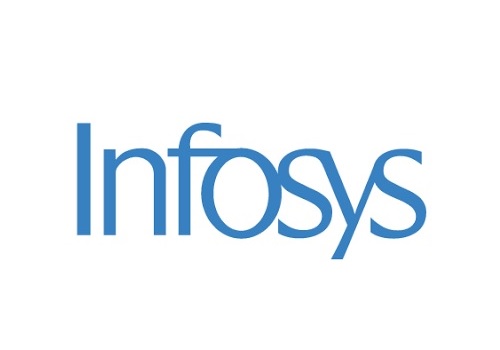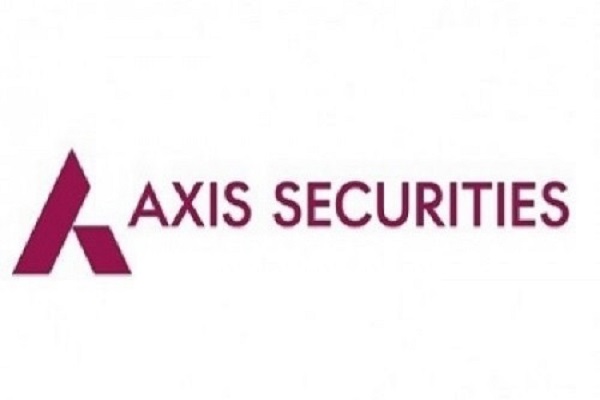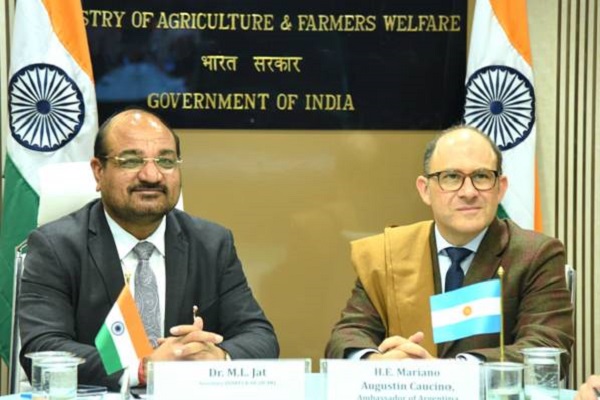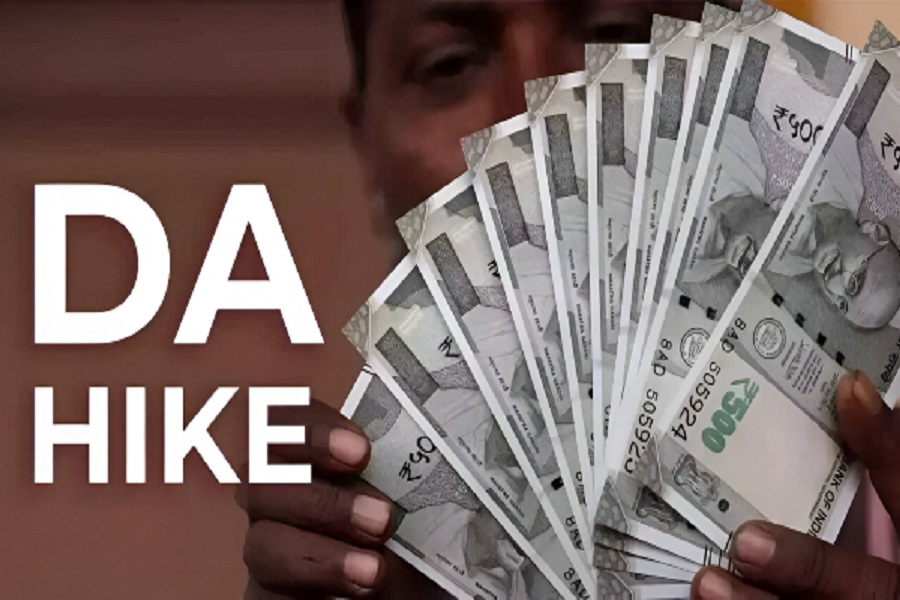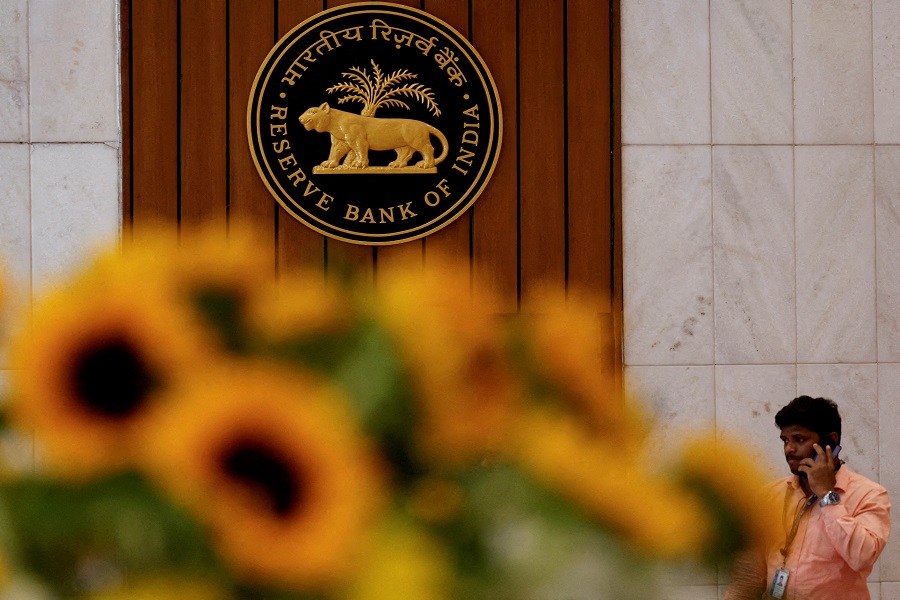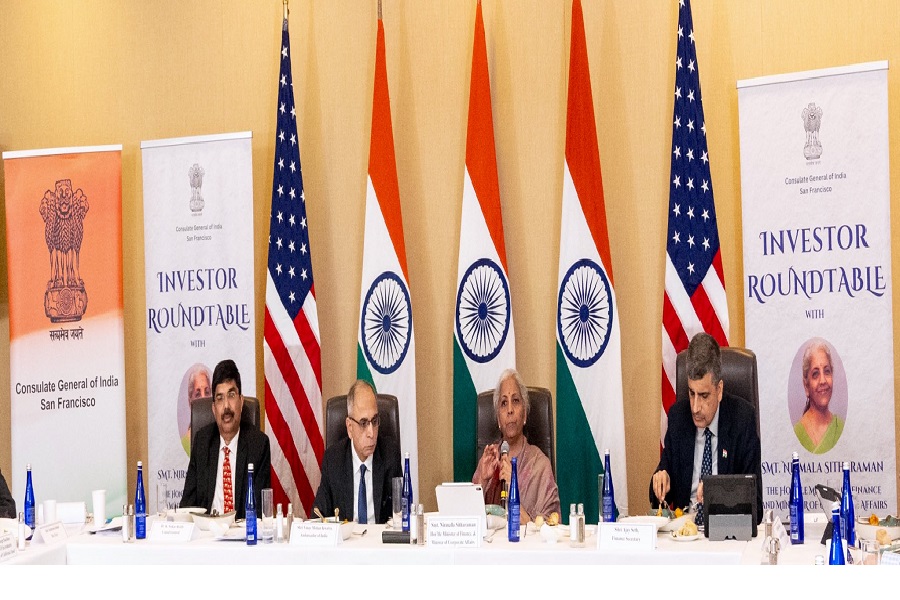RBI MPC minutes : The great rotation - Emkay Global

The great rotation
* The minutes of the June meeting reflected continued policy urgency and a need to catch up with heightened inflation uncertainties. The persistent inflation narrative saw coherence among members as most of them believed that irrespective of the source of inflation (supply or demand side), there was a need for policy tilt to tame current high-level inflation.
* Even though the MPC rhetoric has firmly moved in a hawkish direction, the issue of real terminal rates seems to find some mild divergence among some members. Prof Varma suggested that the rate hike should continue until at least real rates become modestly positive. Dr. Patra argued that the repo rate needs to be increased to at least as high as the one-year-ahead inflation forecast suggests (near zero), knowing that monetary policy works with lags. Prof. Goyal said that at the current stage of recovery, the one-year-ahead real rate must fall below -1%.
* The triple whammy of commodity price shocks, supply-chain shocks and somewhat resilient growth has shifted the reaction function in favor of inflation containment. We are currently tracking next month's CPI inflation at 6.9% but reckon elevated policy pressures as inflation remains above 7% in H1FY23. FY23 could see rates go up by another 75bps, with another 25bps+ hike in August.
Rate hike and further policy catch-up finds consensus among MPC members
The minutes of the June MPC meeting, which saw a 50bps hike with a unanimous vote and a sharp upward revision in the inflation forecast, depicted continued urgency on policy catch-up amid the MPC’s reassessment of the inflation outlook. The broadening of inflation pressures and generalization and persistence of inflation made most members uncomfortable, even though some reckoned the largely imported nature of the current inflation. Most members believed that, amid fears of second-round effects on estimates, an early hike was necessary to avoid any unintended economic shocks. All the members maintained that the change in stance to the withdrawal of accommodation in terms of liquidity and rates is appropriate as policy rates are now going to rise directionally in the coming months.
The terminal rate and real rates conundrum
The minutes also gave cues on the rate trajectory ahead. While all reckoned rates needed to go up further, there was still divergence on the possible terminal rate. Prof Varma suggested that the hike in interest rates should continue until at least real rates become modestly positive, consistent with emerging growth and inflation dynamics. He believed that the RBI MPC, like most leading central banks, should also provide a dot plot to signal its future rate projections, which will help in anchoring long-term bond markets and inflation expectations. Dr. Patra argued that the repo rate needs to be increased to at least as high as the one-year-ahead inflation forecast suggests (near zero), knowing that monetary policy works with lags. Prof. Goyal said that at the current stage of recovery, the oneyear ahead real rate must not fall below -1%.
Some members see a need for demand compression but recommend moving with caution
Even though the economic outlook is being impacted by huge crosscurrents and shifts - the net impact of which is still hard to gauge - the RBI rhetoric has moved in a hawkish mode, overall. With the reaction function pivoting back toward inflation over growth as a policy priority, the bias was obvious. However, there were signs of caution in terms of aggressive policy tightening. Dr. Patra suggested that current inflation is predominantly a supply-side issue, and as a consequence, for monetary policy, rather than materially compressing demand, managing expectations is the key. Meanwhile, Prof Goyal argued that, unlike the West, India’s inflation is yet neither demand-driven nor seeing a wage-price spiral. Labor markets are not tight and wage increases are not universal yet across rural and urban sectors. Meanwhile, the credit offtake is still modest - broad money growth at 8.8% was much lower than nominal income growth. Dr. Ranjan suggested continued monetary-fiscal coordination to anchor inflation expectations. Governor Das also stated that the second-round effect of adverse supply shocks is what they are targeting.
Front-loading to continue, but watch out for the terminal rate
The triple whammy of commodity price shocks, supply-chain shocks and resilient growth has shifted the reaction function in favor of inflation containment. The inflation prints of the next two quarters are likely to exceed 7%, which could pressure the RBI into acting sooner rather than later. FY23 could, thus, see rates go up further by 75bps+, with the RBI now showing its intent to keep real rates neutral or higher to quickly reach pre-Covid levels. Our Taylor’s estimate shows a maximum tightening of the policy rate by 6% by FY23, of which liquidity tightening to 2% of NDTL is tantamount to another estimated 25bps effective rate hike. However, the front-loaded rate hike cycle does not imply a lengthy tightening cycle, and once they reach the supposed neutral pre-Covid monetary conditions, the bar for further tightening may go higher incrementally amid increasing growth inflation trade-offs. We reckon that amid the persisting slack, the flat Phillips curve may call for a larger output sacrifice to contain inflation. A judicious policy mix is needed as economic agents share the burden of the global shock. The countercyclical fiscal shield can be effective while the monetary sword takes hold
To Read Complete Report & Disclaimer Click Here
For More Emkay Global Financial Services Ltd Disclaimer http://www.emkayglobal.com/Uploads/disclaimer.pdf & SEBI Registration number is INH000000354
Above views are of the author and not of the website kindly read disclaimer
